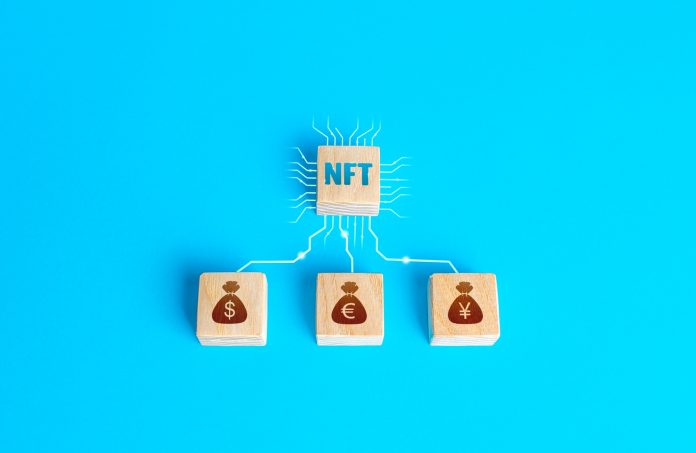Indeed, the world is changing fast. It is moving away from old- conventional ways of transaction to digitally advanced wallets that make space for both money and cryptocurrencies. With so many raging possibilities, it’s important to understand the differences between the various types of currencies. Digital currency is government- issued electronic form of money.
Cryptocurrency, on the other hand, is a virtual currency created by a private system. It is decentralised, is not governed by any government, and is based on blockchain technology. Non-fungible Tokens, or NFTs, are digital assets that represent real-world objects like music, art, memes, fashion, and so on.
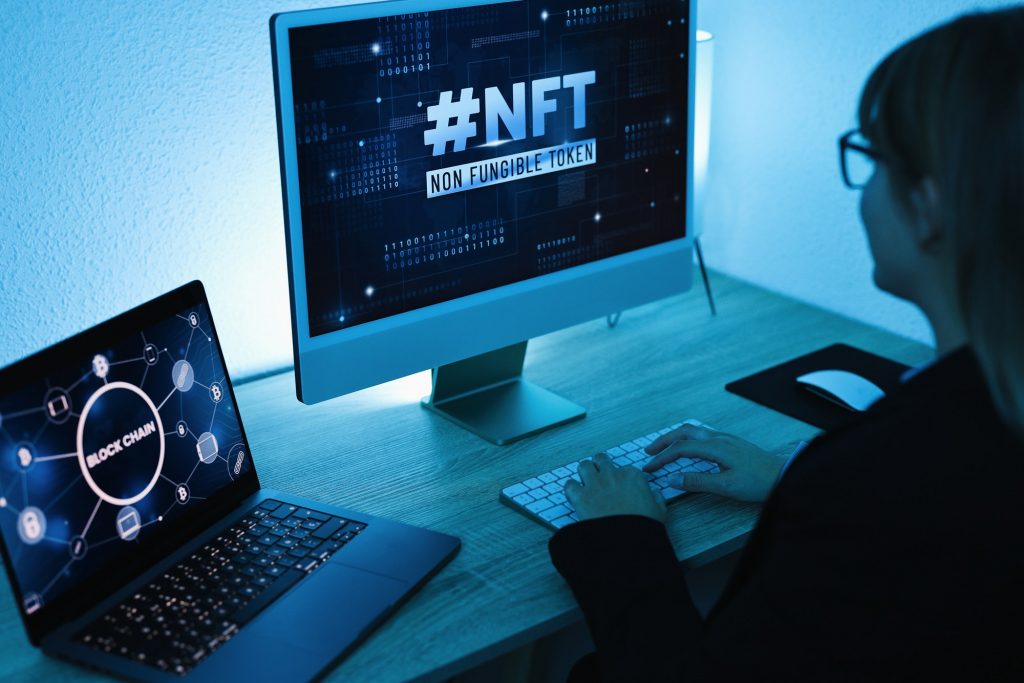
To put it another way, digital currency is the electronic version of cash. Despite the fact that the digital currency has no physical form, it may be used to buy and sell items in any part of the world. While digital currency does not require encryption, users will need to employ unique and strong passwords to protect their digital wallets from loss or hacking.
NFTs are nothing more than digital assets that are made to resemble real-world items. NFTs differ from fungible tokens like bitcoins in that they are not interchangeable. As a result, NFTs are unable to be traded in the same way that cryptocurrencies are. In NFTs, all transactions are completed online and are tracked by a digital ledger.
Nonfungible refers to the fact that NFTs are not interchangeable. Every NFT is singular, which differentiates it from fungible tokens like cryptocurrencies, which can be traded for one another. Because each NFT resides on a decentralised digital platform based on blockchain technology, they can’t be traded or replaced.
Every monetary action on a blockchain is recorded in a digital ledger, that makes every NFT dealing publicly visible and verifies the owner of the item. The Ethereum cryptocurrency’s blockchain keeps track of all NFTs. The Ethereum blockchain, like Bitcoin, keeps permanent digital records of all the transactions that are created with the cryptocurrency. It also generates an incontrovertible ledger of all NFT transactions.
The NFT inventor holds the copyright of the item and the right to recreate it as many times as they want. The creator is free to make as many copies of the original item, however, the buyer of the NFT must obtain permission from the creator before making copies of the item. Each recreated item is considered as a unique NFT.
1. Gaming
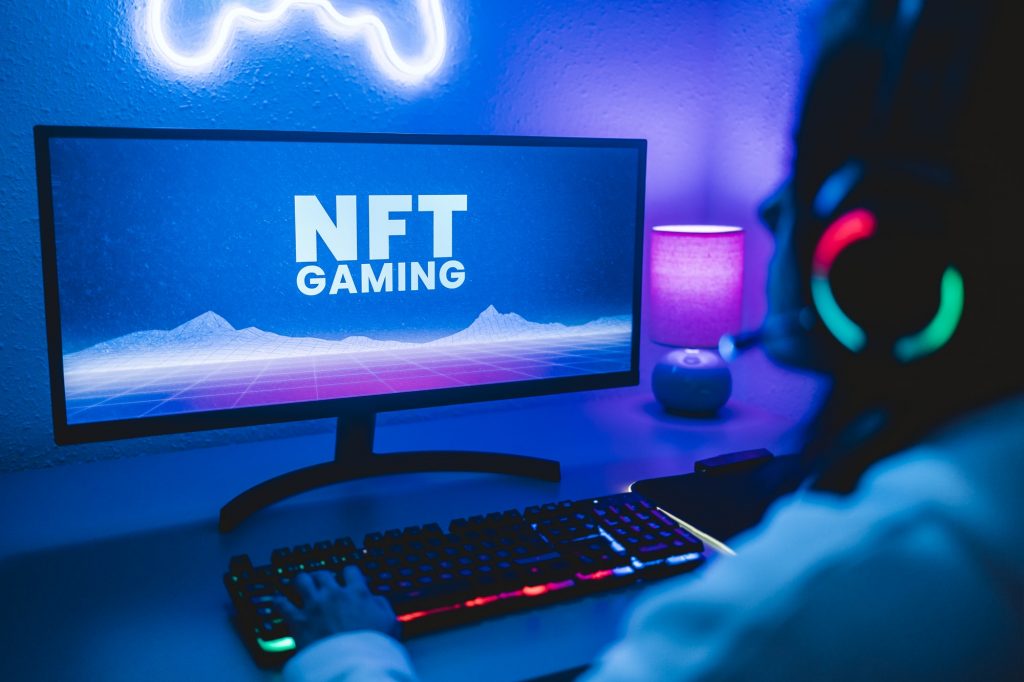
NFT tokens are utilised for in-app purchases in most gaming apps. Many NFT aficionados who wish to play games and earn a lot of bitcoin will find these games to be a turning point.
CryptoKitties, the most established and popular blockchain game, is a perfect illustration of how NFTs may be employed in gaming. As previously said, the rarer an object is, the more expensive it becomes.
Because of the item’s rarity, an NFT that is hard to come by or is on a platform with restricted availability will constantly increase in value over time. This increase in value is because there is no longer an equal playing field for anybody who wants to buy the object.
We should expect a lot of changes in the future because the blockchain industry is still quite young. This includes alterations to the way things are done now. It’s safe to assume that the NFT market will continue to expand and that it may even change the face of gaming as we know it. And who knows what might happen? Maybe in a few years, your investment will be worth a fortune!
Also read Artificial Intelligence to change the face of Email Marketing
2. Real Estate
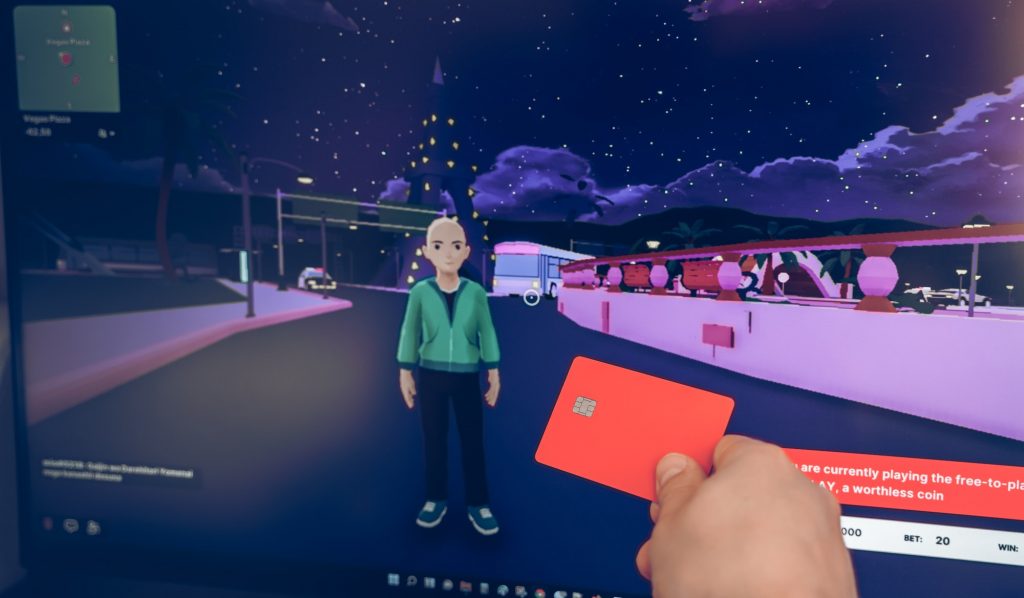
Real estate is the asset class in which the most money is invested. NFTs can be employed in real estate in a variety of ways. It can be used to make real estate ownership transparent, for starters.
You could, for example, place the ownership of a piece of land or property on a blockchain and allow others to see it. NFTs will also assist buyers and sellers of land and properties because they will avoid paying expensive transactional and administrative fees.
NFTs can also be employed in the real estate industry’s management. Smart contracts, for example, can be used to manage rental concerns like rent collection and deposit returns by renters at the end of their renting time.
NFTs can also be utilised to develop a new type of crowdfunding that allows investors to profit from their investments in real estate projects such as house construction and rental flats.
NFTs, on the other hand, will play a significant role in the real estate business. The blockchain allows us to connect people who are looking to buy or sell property with one another without the need for a third party or mediator.
3. Music
One of the most significant relationships in the music industry is between artists and their followers. The rise of internet music streaming services like Spotify and YouTube has made it easier than ever for music enthusiasts to listen to their favourite artists for free.
As a result, musicians have been battling to monetize their content and maintain their careers. This is where blockchain technology comes in.
Artists that issue NFT tokens might generate new revenue streams by offering limited-edition products that can only be purchased with the artist’s token—fans are enticed to buy these tokens because they have real value.
As a result, the artist and fan have a mutually beneficial connection in which the artist may create more new art and maintain their skill without relying on record labels or other third parties for assistance. As a result, NFT is a fantastic way for the music industry to receive the direct compensation they deserve rather than having middlemen gobble up their profits.
4. Hyper-Realistic VR
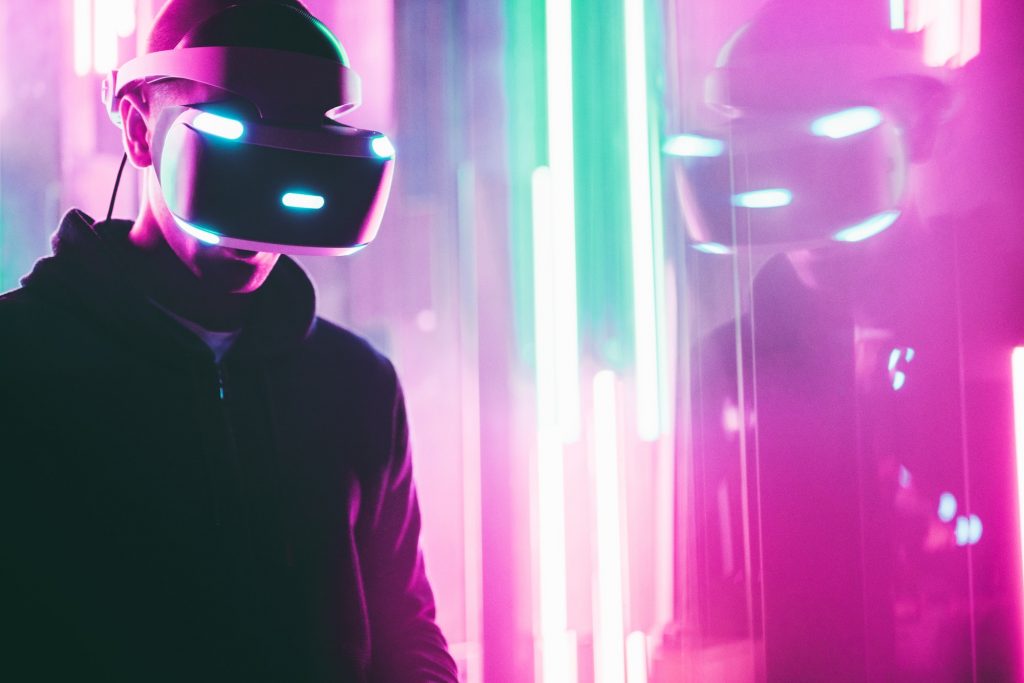
A person’s whole collection of NFTs would be able to travel with them via Hyper Realistic VR experiences in this hypothetical blockchain-powered world. Anyone who wanted to see these digital assets could, and they could be used as part of an immersive gaming experience.
We might even see digital NFTs that can be utilised as both physical and virtual goods one day. Imagine wearing your favourite sports team’s shirt while playing a card game with your friends! This not only creates an interactive and immersive experience but also raises the value of the physical thing (the jersey) and its longevity and usability.
NFTs portray any item which can be used to monetize any skill. It can range from collectable rare cards to memes. Think of the future with NFT.
